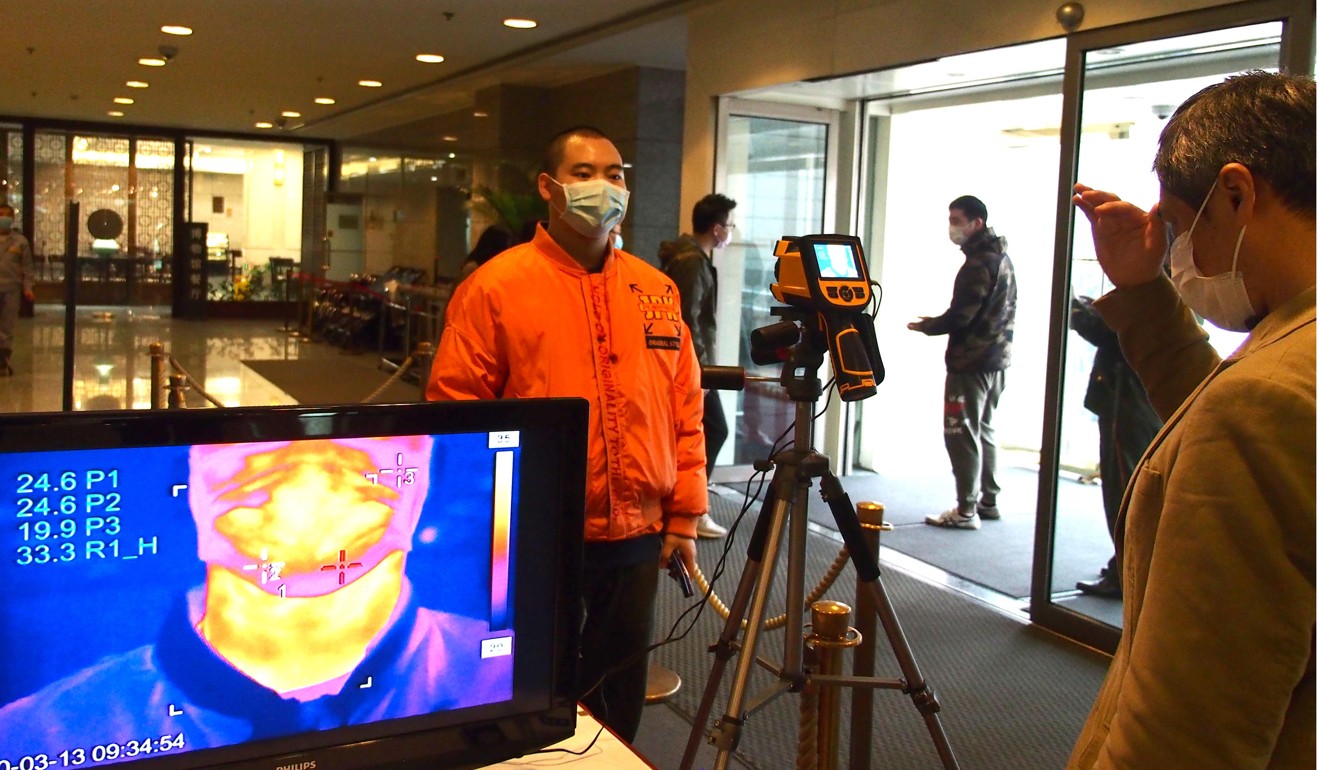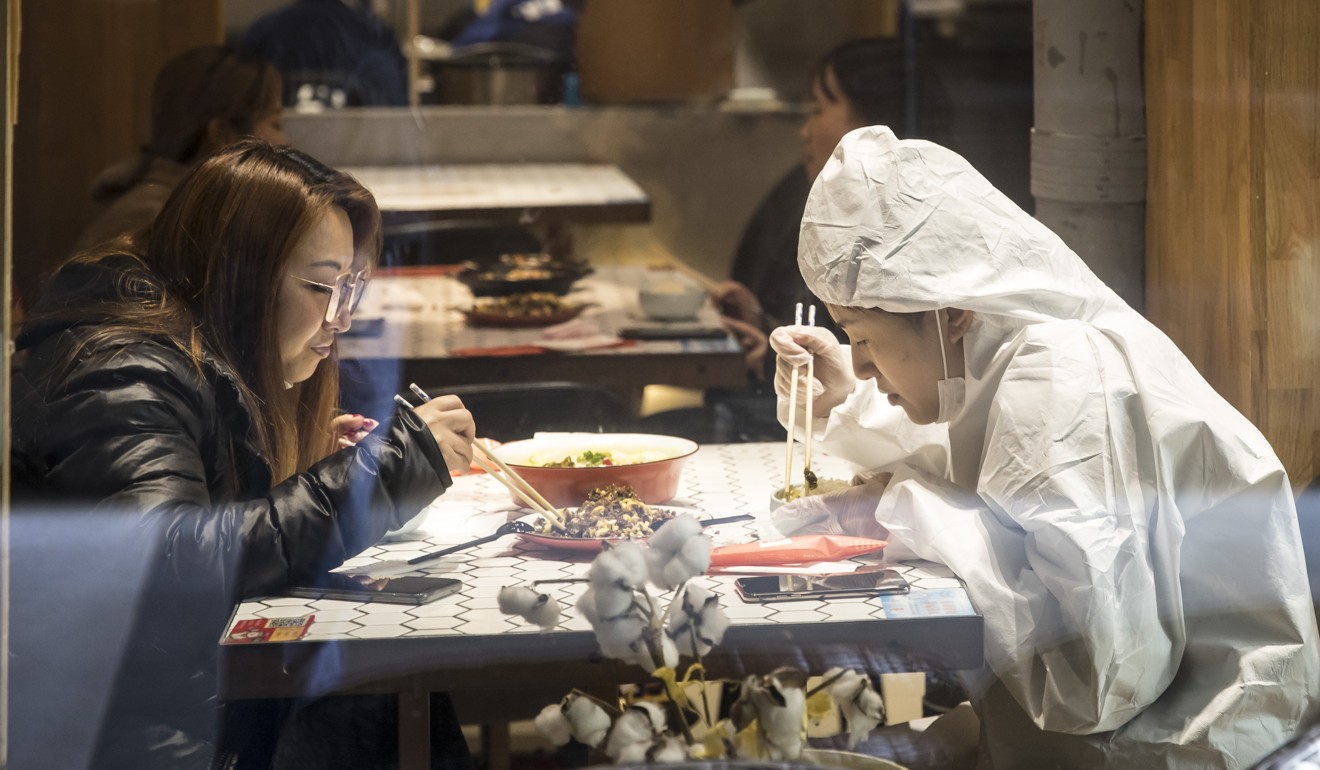
Coronavirus: parks and tourist attractions reopen as China tries to get back on its feet
- Shanghai’s top spots welcome back limited numbers of visitors, while Nanjing government announces US$45.3 million plan to boost consumer spending
- Hubei, which reported just four new coronavirus cases on Friday, gets in on the act with a relaxing of travel restrictions for some citizens
The National Health Commission said on Thursday that the outbreak had passed its peak, and the figures appear to support its claim.
In Shanghai, the government responded to the news by announcing the reopening – on Friday – of most parks and several of its major attractions – including Chenshan Botanical Garden and the city zoo.
However, with the threat of infection and person-to-person transmission still a danger, visitors must have their temperature checked on arrival and wear a face mask for their stay.
Similarly, park authorities were told to control visitor numbers to avoid overcrowding and limit their opening hours.

Several museums in the city have also reopened, with similar terms and conditions. All visitors must make a reservation online, undergo a temperature check on arrival and spend no more than two hours at their chosen venue.
Also, daily visitor numbers have been capped at 2,000 for the Shanghai Museum, 3,000 for the History Museum and 5,000 for the China Art Museum.
While outdoor sports venues are allowed to reopen, indoor swimming pools, gyms, courts and yoga centres must remain closed, the Shanghai government said in a notice, adding that all sporting competitions were also still on hold.
Meanwhile, authorities in Nanjing, the capital of east China’s Jiangsu province, said they were planning to give away 318 million yuan (US$45.3 million) worth of vouchers and coupons – redeemable at restaurants, shopping centres, sports venues and on travel – in a bid to stimulate consumer spending.
Full details of how people could register to win them would be announced soon, they said.
In a similar move, civil servants in the city’s Qinhuai district were told this week that they should “set an example” to the public by spending at least 100 yuan each time they visited a shop or restaurant, to “help companies through this difficult time”.
Media reports in Nanjing even published a photograph of Zhang Jinghua, the secretary of the municipal Communist Party committee, eating in a restaurant at the Confucius Temple tourist attraction.
Zhang on Tuesday appealed for the public to play their part in “the resumption of activities and rejuvenation of the city”.

While Shanghai and Nanjing are taking strides to get back to normal, authorities in Hubei – which has been ravaged by Covid-19 – are taking smaller, though equally positive, steps.
In many cities, public transport services are gradually being restored and companies in certain sectors are being allowed to resume operations after weeks of lockdown.
The provincial government has also introduced a three-colour code to control people’s movements. Those coded green are allowed to move freely – subject to the broader guidelines and policies – while those coded yellow cannot travel at all, and people in the red group must remain in quarantine.
Meanwhile, people in Beijing have been told they will not be allowed to gather in large groups during next month’s tomb-sweeping, or Ching Ming, festival.
A maximum of three people per day are allowed to visit each tomb, and all visitors must submit their ID cards and undergo a temperature check.
However, China is now bracing for more imported cases. In one instance, a woman living in the US state of Massachusetts)asked for swab tests three times in the two weeks before boarding a plane to Beijing but was turned down, even though she showed symptoms, health authorities in the capital said on Saturday.
Purchase the China AI Report 2020 brought to you by SCMP Research and enjoy a 20% discount (original price US$400). This 60-page all new intelligence report gives you first-hand insights and analysis into the latest industry developments and intelligence about China AI. Get exclusive access to our webinars for continuous learning, and interact with China AI executives in live Q&A. Offer valid until 31 March 2020.

.jpg?itok=H5_PTCSf&v=1700020945)